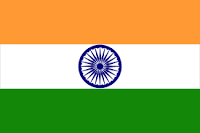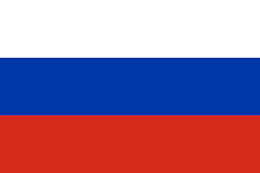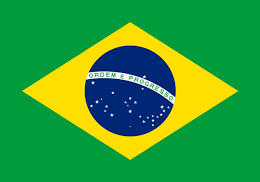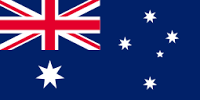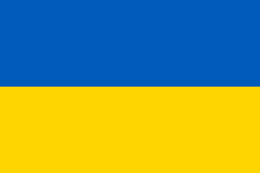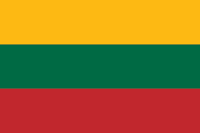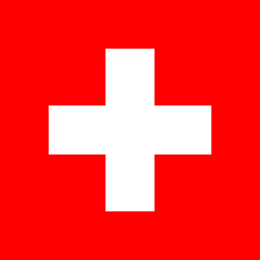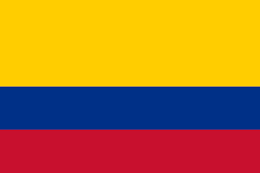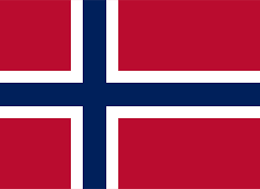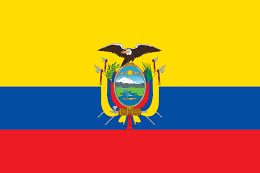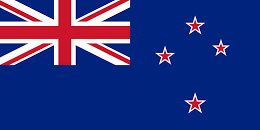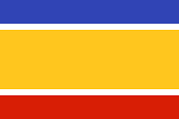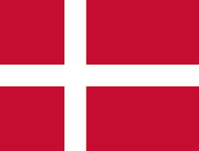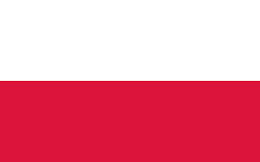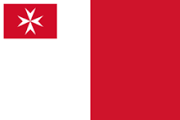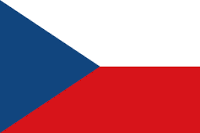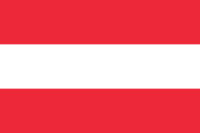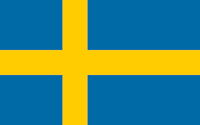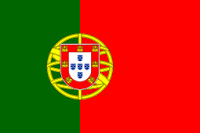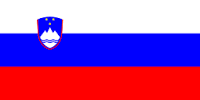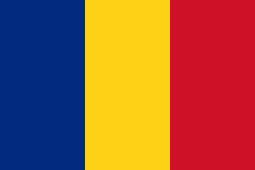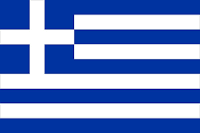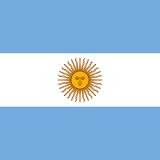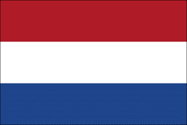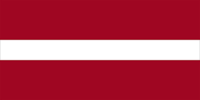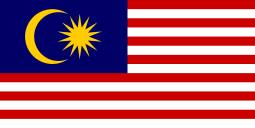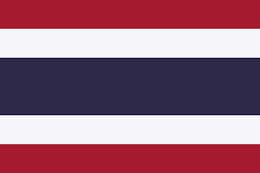So far, only binary trees have been discussed. However, in many cases, btrees are just not enough. Why is that? As we've already discussed in this chapter, btrees are basically based on sorting. The <, <=, =, >=, and > operators can be handled using btrees. The trouble is, not every data type can be sorted in a useful way. Just imagine a polygon. How would you sort these objects in a useful way? Sure, you can sort by the area covered, its length, and so on, but doing this won't allow you to actually find them using a geometric search.
The solution to this problem is to provide more than just one index type. Each index will serve a special purpose and do exactly what is needed. The following index types are available (as of PostgreSQL 10.0):
test=# SELECT * FROM pg_am;
amname | amhandler | amtype
---------+----------...


